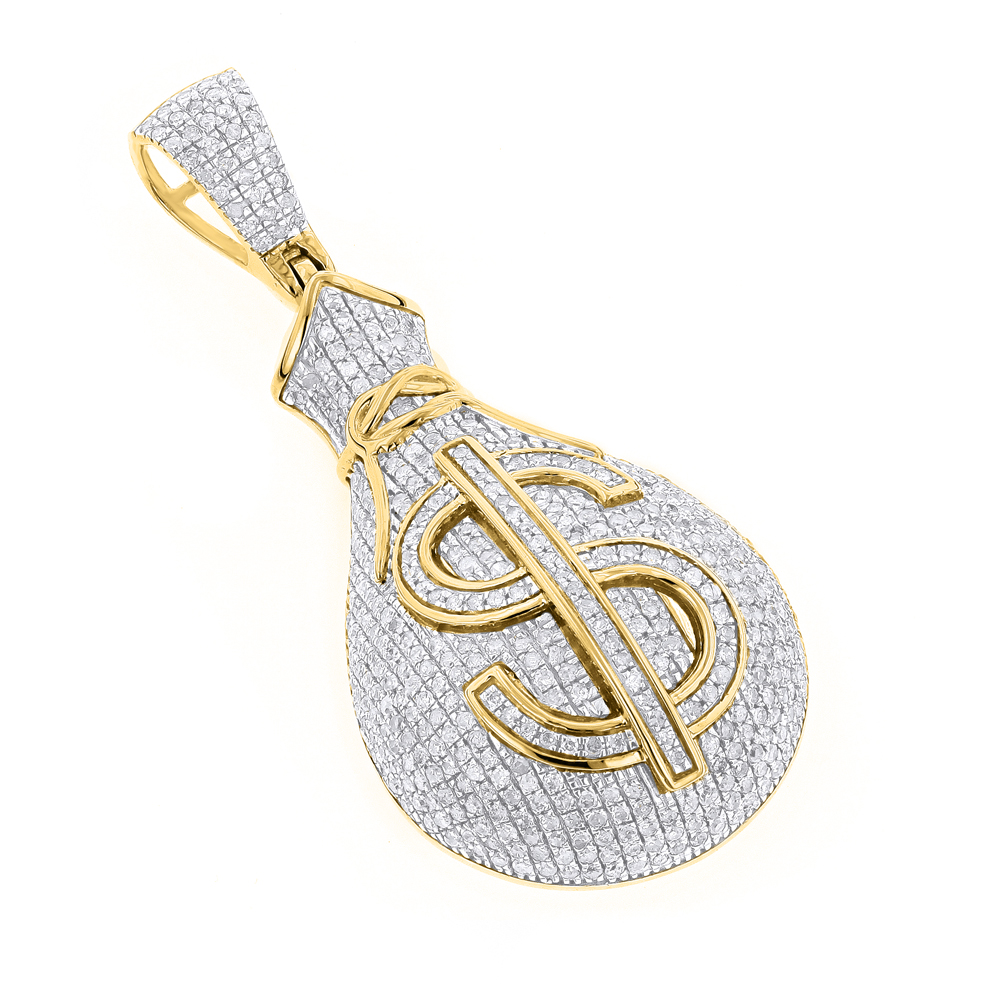

Today, you’d be lucky to get a naked (meaning, no diamonds) Rolex Daytona for that. Chains rappers wore back in the 80’s and early 90’s might cost ten to twenty thousand dollars at most. Though in today's world bling might be synonymous with rap, it does not mean it is now easy to attain. Jay and crew were familiar with the late Tito the Jeweler as well, as Jay would rap about taking his “fritos to Tito’s” on Reasonable Doubt’s "Politics As Usual." Since his passing, the Jesus piece has arguably become the most popular pendant of all time.

It would turn into a good luck charm of sorts, worn by both Jay-Z and Lil Kim during the creation of their iconic albums of that era. No better example of this type of piece of can be found than the enormous accoutrement worn by Notorious B.I.G.ĭesigned by Tito the Jeweler, Biggie's massive Jesus piece was the last chain he ever wore. Pendants moved on from being flourishes of status and started to become billboards to advertise competing labels of the era. In other words, the genre had become commercialized, and jewelry became part of the marketing. Solo artists transitioned to executives and informal street crews banded together to form companies. Over the next three decades, future emcees would follow in his footsteps, acquiring jewelry to mark the milestones reached throughout their careers.īy the early '90s, hip-hop was organized into an industry all its own. It was only natural that Blow, the emcee behind the first certified gold hip-hop record ever, wore gold on his album cover. Evidence of ice followed shortly thereafter, with Kurtis Blow donning several gold chains on the cover of his self-titled debut album. The genre was first popularized by DJ Kool Herc in the early 1970s at his famous block parties. What’s not to love? It’s also the decade in which hip-hop was born.

The Formative Years of Hip-Hop Jewelry: 1979-1989Īh, the 1970’s. Today we will dive deeper into this history and explore how this Hip Hop Jewelry shapes our current obsession with bling and how it will continue to do so for decades to come. The stakes are just bigger, the chains flashier, and outfits are "flyer." Though Hip hop has grown into the most influential culture in the world, things haven't changed that much. Your fit and what you wore to the battle allowed you to showcase your status, wealth, and overall "flyness" to the audience and other competitors - with your jewelry and sneakers being the essential part of your fit. Battle raps were opportunities to show off your lyrical ability and flex on your opponent. Finally, it was a sport, with battle raps taking center stage to many mythical hip-hop origin stories that you are probably familiar with. Secondly, it was a form of celebration, an extension of all the other music-bending genres that Black people had coined the decades before. First, Hip Hop was a tool to tell the stories of disenfranchised people of color in the inner cities and across America. However, when the genre was created, it served three main purposes. I am not a hip-hop historian in the slightest. Remember Slick the Rick's "Justice Scale" piece? Or How about Pharrell's dazzling Jacob & Co $1,000,000 NERD chain? Remember when Kanye West showed up to the BET awards with a chain that looked like he dug it up from Tutankhamun's tomb? Have you seen Quavo's jewelry box and its few Bugattis worth ice? You get the point. Take a walk down Hip Hop's hallway, and you will find that your favorite MCs had equally legendary collections and statement chains. In a cultural context, it's damn near impossible to mention one without the other, with both entities influencing how we view the other. Hip Hop and jewelry's relationship is almost symbiotic.


 0 kommentar(er)
0 kommentar(er)
